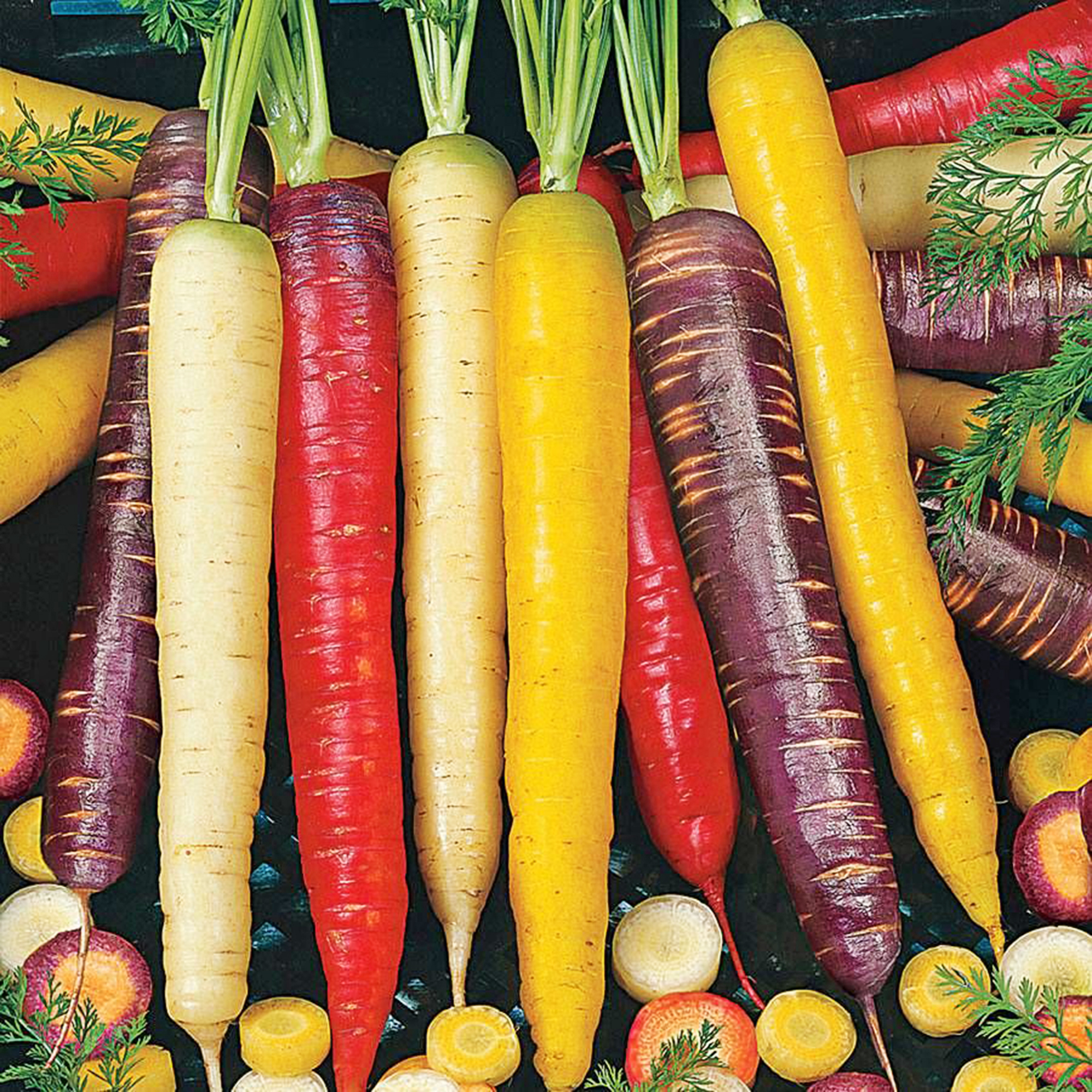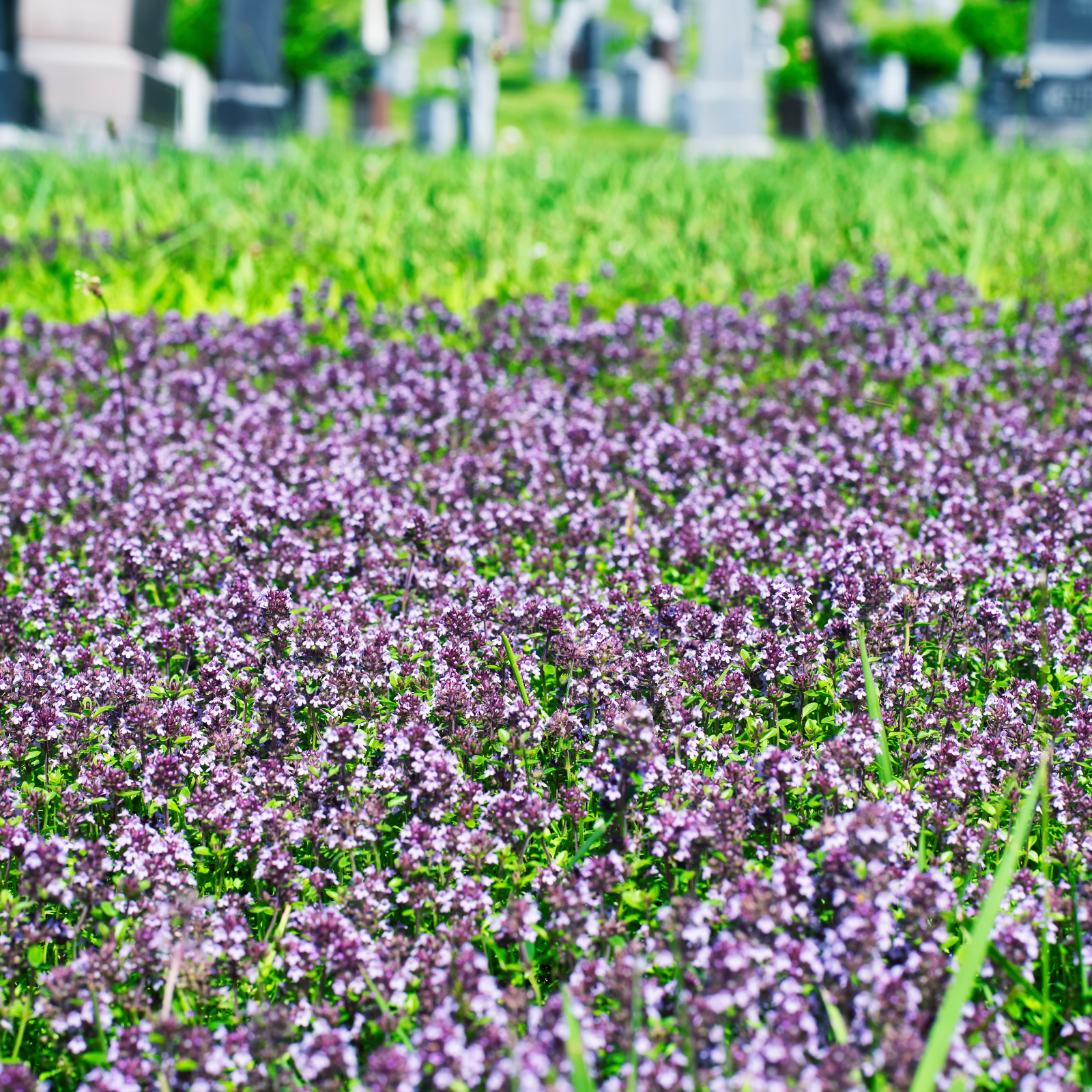Growing Vegetables With Seeds


Many people, such as myself, enjoy growing vegetables from seeds. Using the seeds from your garden's previous growing year not only can provide you with the same, succulent produce, but it is also a good way of saving money.
Finding Vegetable Seeds
When you're obtaining seeds to grow a vegetable garden for the first time, you may want to select them from a catalog specializing in vegetable gardening. These sources are typically ideal for beginners, as they provide useful information, better quality, and a wider selection. Start with familiar varieties that are easy to grow. The seeds should be ordered well in advance of planting time and after you have planned your gardening space and individual needs. Ordering this way will help ensure that you purchase the proper amounts. If you already have a garden and want to collect seeds for the following year, save only seeds from non-hybrid or open-pollinated varieties. Take the seeds from fleshy varieties such as tomatoes or melons when they are at their ripest; collect beans once they have fully dried out. Clean the seeds and allow them to dry thoroughly. Be sure to store your seeds in airtight containers that are placed in areas which are cool and dry.

Choose from dozens of non-GMO seed varieties to find the perfect vegetables to suit your palate. Plus, shop seed-starting essentials.
How to Grow Vegetables from Seeds
Seeds can be planted directly into the soil of your garden, or you may start them indoors.
Growing Vegetables Seeds Indoors
Start your vegetable seeds indoors about four to six weeks before the growing season begins. Many people prefer to place seeds in flowerpots, paper cups or small flats. If there is no outlet for drainage, be sure to place small holes in the bottoms of your chosen container beforehand. Fill the flat or other acceptable container with a suitable growing medium such as vermiculite or equal parts of sand, peat moss, and soil. Soilless potting mix can also be used. Sprinkle seeds onto the soil and cover them according to their proper planting depth found on the seed packet. You also may refer to planting guides found in many garden centers or catalogs. Lightly moisten with water and keep the seeds in a sunny location, such as a windowsill. The location should stay reasonably warm and receive at least six hours of full sunlight. Additionally, the flats can be placed in a cold frame where they will receive ample amounts of sunlight, ventilation, and a suitable temperature. Placing bricks or concrete blocks under flats will help supply additional heat, if needed. Once the seedlings have developed leaves, they can be transplanted into other suitable containers to prevent them from becoming weak. The plants need to be hardened off for about two weeks before planting them into the garden. Water plants generously prior to moving them out to the garden.
Planting Vegetable Seeds Directly in the Garden
When planting directly into the garden, sow seeds in shallow furrows with plenty of moisture. Use a rake to create the furrows for sowing seeds. After seedlings show signs of healthy growth, you can thin them as needed. Pole beans, squash, cucumbers, corn, and melons often are planted in hills of 8 to 10 seeds and thinned to two to three plants per hill once they have reached adequate size. You can also interplant faster growing varieties of crops between the slower ones. Keep in mind that different types of vegetables have different needs; therefore, it's best to refer to the individual seed packets or other resource that shows the quantity of seeds required for a given space and plan accordingly. Once harvesting season has begun, you can start collecting your favorite seeds and continue reaping their rewards for years to come.
Gardening tips, videos, info and more delivered right to your inbox!
Sign up for the Gardening Know How newsletter today and receive a free copy of our e-book "How to Grow Delicious Tomatoes".

Nikki Tilley has been gardening for nearly three decades. The former Senior Editor and Archivist of Gardening Know How, Nikki has also authored six gardening books.
-
 12 Lush Alternatives To A Lawn For Sustainable Spaces
12 Lush Alternatives To A Lawn For Sustainable SpacesAlternatives to a lawn are beautiful and also beneficial to your local ecosystem and its pollinators. Explore our top picks for plants to replace grass.
By Tonya Barnett
-
 Types Of Tomatoes Explained: Explore The Many Wonderful Shapes, Colors, Flavors, & Best Uses
Types Of Tomatoes Explained: Explore The Many Wonderful Shapes, Colors, Flavors, & Best UsesThe world of tomato varieties is vast and fascinating. Learn about the key types to grow in your garden, tailored to your preferences and space.
By Amy Grant
-
 How Many Vegetables To Plant Per Person For A Year
How Many Vegetables To Plant Per Person For A YearGauging how much to plant in a vegetable garden can eliminate waste while still producing enough for your family. Click for more.
By Bonnie L. Grant
-
 13 Perennial Fruits And Vegetables You Only Have To Plant Once
13 Perennial Fruits And Vegetables You Only Have To Plant OnceLooking to set it and forget it? Find out which fruits and vegetables can be grown as perennials.
By Laura Miller
-
 11 Edible Plants For A Year-Round Garden In A Bucket
11 Edible Plants For A Year-Round Garden In A BucketWant to know how to grow food inside your house and which foods do best indoors? Click here to learn all about it.
By Bonnie L. Grant
-
 Frost Tolerance Of Vegetables From Least To Most Hardy
Frost Tolerance Of Vegetables From Least To Most HardyHow cold can vegetables tolerate? Knowing which veggies will survive frosts and freezes is essential for the success of your garden. Click here for more.
By Laura Miller
-
 Best Vegetables To Pickle Straight From The Garden
Best Vegetables To Pickle Straight From The GardenPickles aren’t limited to just cucumbers. Read on for tips on pickling your fresh veggies.
By Amy Grant
-
 Benefits Of Planting In Fall Vs. Spring Vegetable Plots
Benefits Of Planting In Fall Vs. Spring Vegetable PlotsLearn why some vegetables do better if you plant them in fall instead of spring.
By Laura Miller
-
 Interplanting Vegetables In The Fall Garden
Interplanting Vegetables In The Fall GardenLearn all about the benefits of interplanting vegetables for your fall garden.
By Laura Miller
-
 Best Vegetables For Growing In Perlite
Best Vegetables For Growing In PerlitePerlite is a natural growing medium that comes from super-heated volcanic glass. In some cases, it works better than soil. Read on for more info.
By Laura Miller